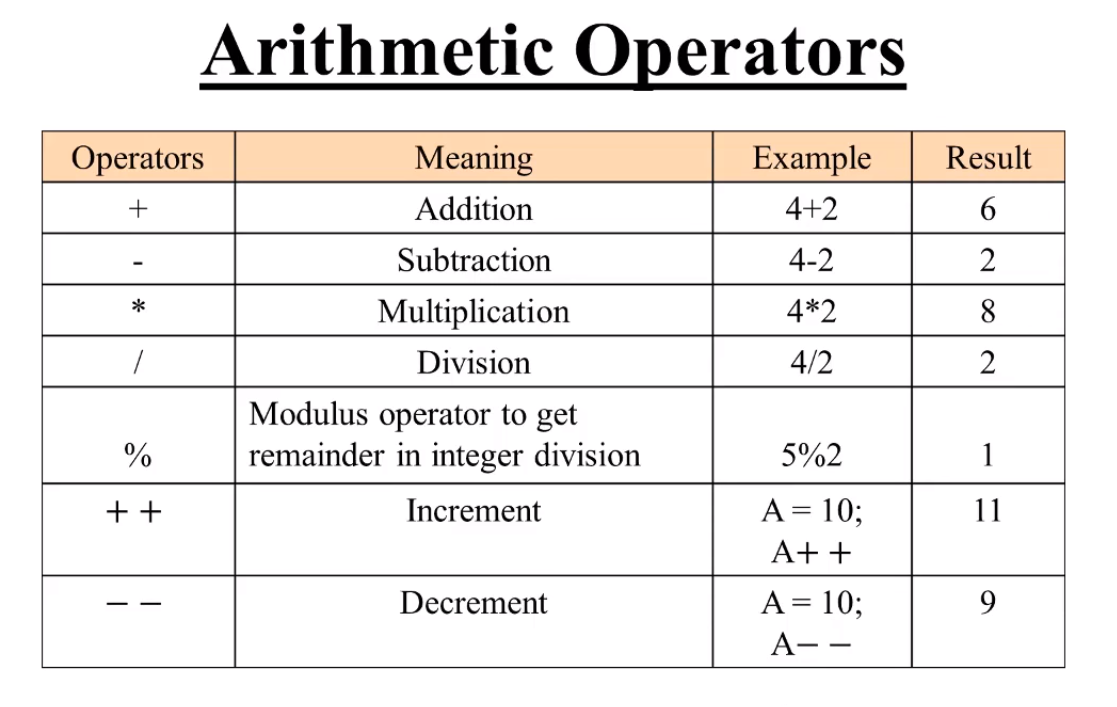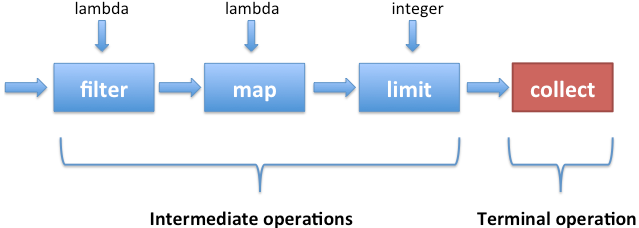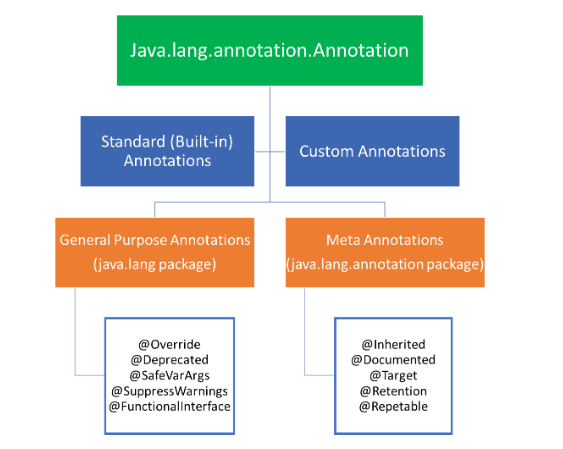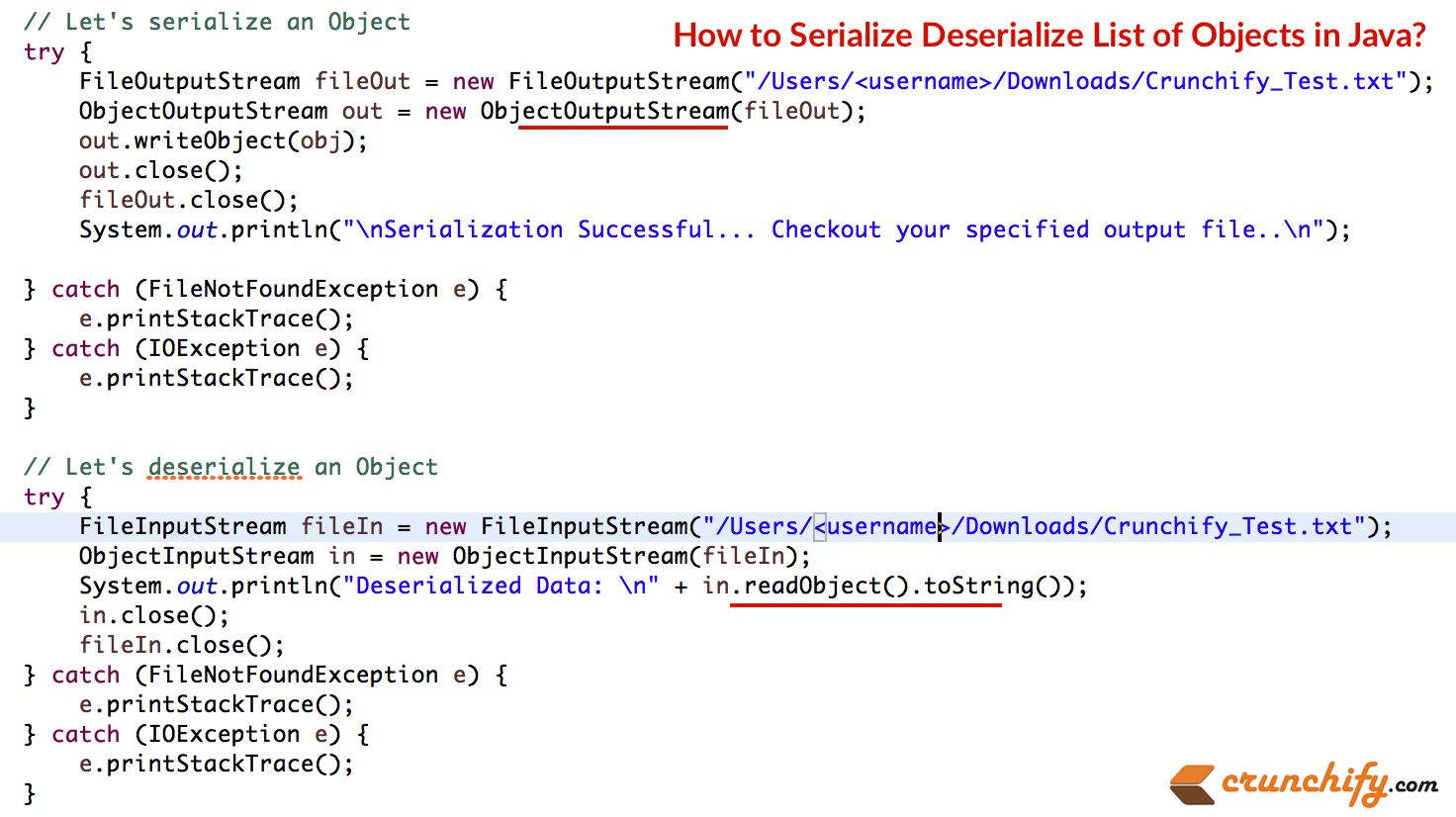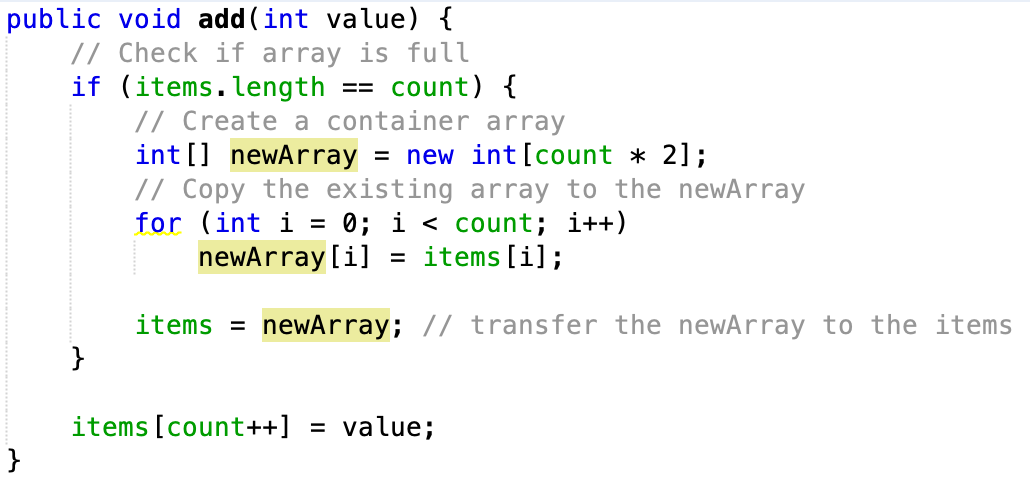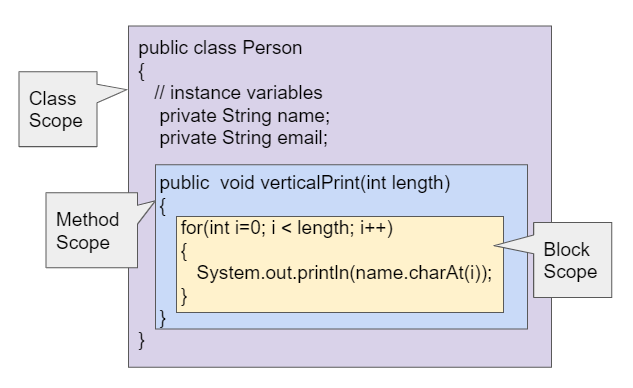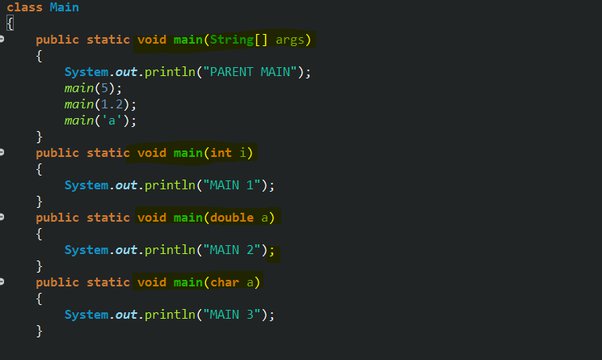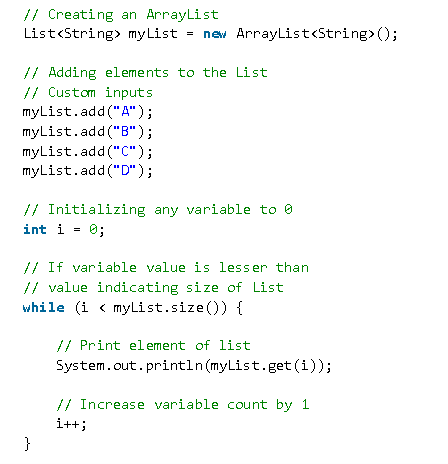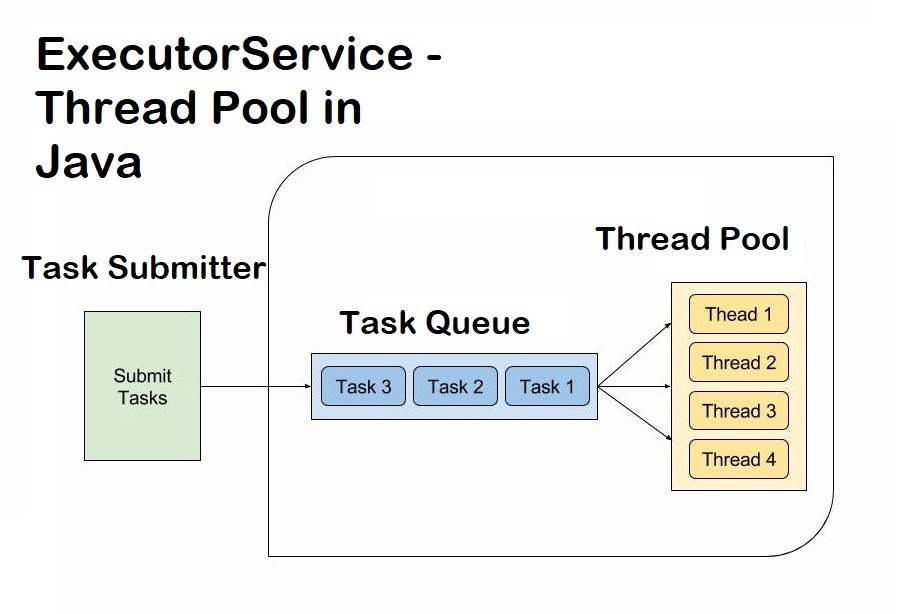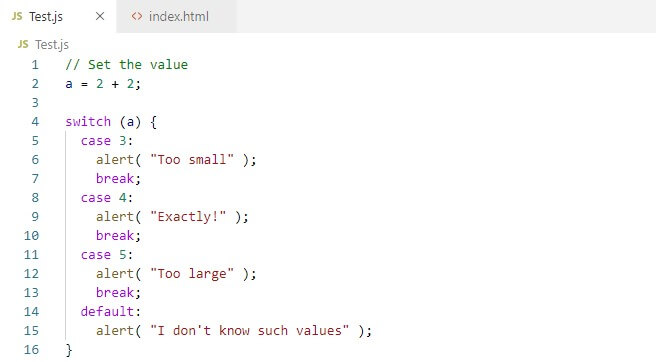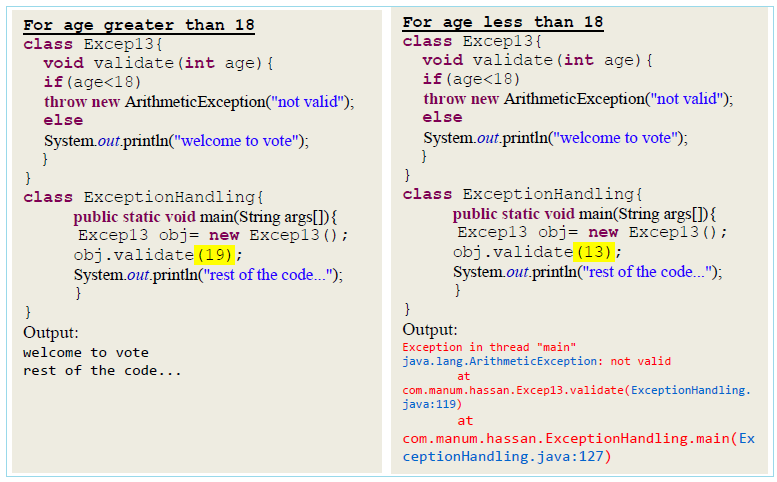What is synchronized lock in Java?
What is synchronized lock in Java?
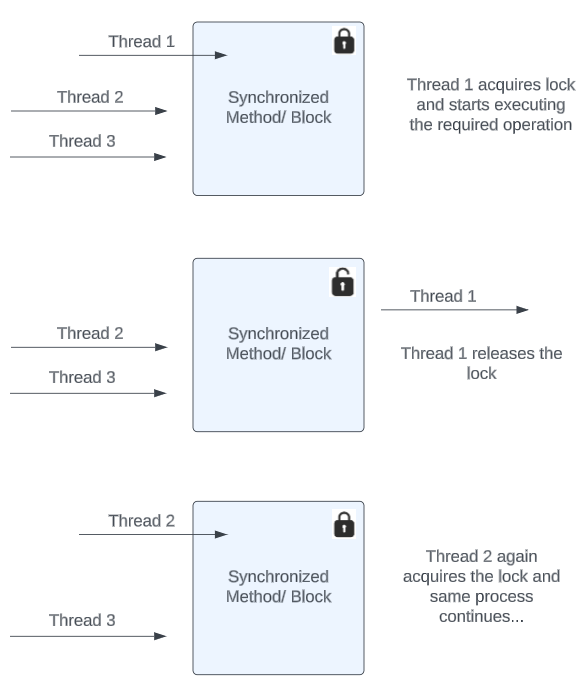
I'll respond in English as per your request.

In Java, a synchronized lock is a mechanism used to synchronize access to shared resources, ensuring that only one thread can access the resource at any given time. This is achieved through the use of synchronization primitives, such as the synchronized keyword and the Lock interface from the java.util.concurrent.locks package.
The primary purpose of a synchronized lock is to prevent multiple threads from modifying shared data simultaneously, which could lead to inconsistent or erroneous results. By acquiring the lock before accessing the shared resource, a thread ensures that it has exclusive access to the resource until it releases the lock.
There are two types of synchronization locks in Java:
Method-level locking: This is achieved by using thesynchronized keyword before a method declaration. Any code within this method will be executed while holding the lock, ensuring that only one thread can execute the method at any given time.
public synchronized void someMethod() {
// Code here
}
synchronized keyword before a statement or block of code. The lock is acquired and released within the scope of the statement.
synchronized (someObject) {
// Code here
}
In addition to these two types of locks, Java also provides more advanced locking mechanisms, such as:
ReentrantLock: This allows a thread to recursively acquire and release the lock multiple times without causing deadlocks. Read-write locks: These allow for concurrent read access while ensuring exclusive write access.Synchronized locks in Java can be used to achieve various forms of synchronization, including:
Mutual exclusion: Ensuring that only one thread can execute a critical section of code at any given time. Semaphores: Limiting the number of threads that can access shared resources simultaneously. Latches: Signaling when all necessary threads have finished their tasks.In summary, Java's synchronized lock is a powerful mechanism for managing concurrency and ensuring consistent results in multi-threaded programs. By understanding how to use these locks effectively, developers can write more efficient, scalable, and robust software systems.
Please note that this response is only in English as per your request!
Intrinsic lock Java
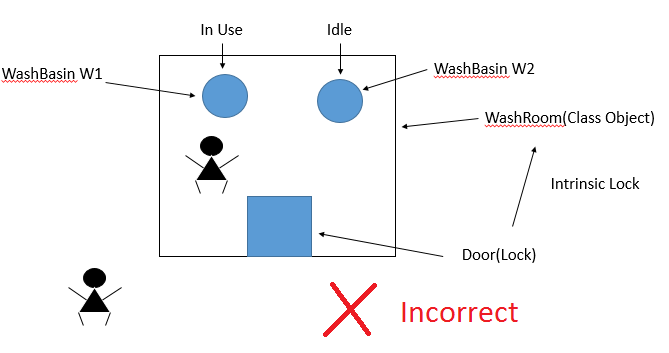
I'll respond in English this time, as per your request!
Intrinsic Lock in Java
When it comes to concurrency and multithreading, one of the most fundamental concepts is the intrinsic lock (also known as the implicit lock or monitor). In Java, an intrinsic lock is a built-in mechanism that allows multiple threads to safely access shared resources while preventing data corruption.
An intrinsic lock is associated with an object, and it's used to synchronize access to that object. When a thread tries to execute a synchronized method or block on an object, it will acquire the intrinsic lock for that object before proceeding. If another thread already holds the same lock, the current thread will be blocked until the lock is released.
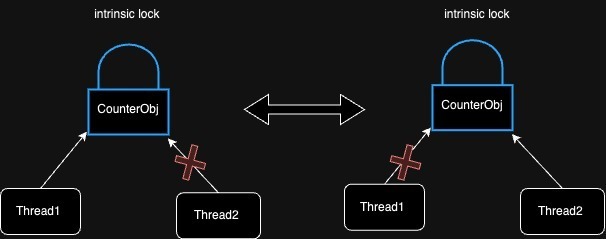
Here are some key points about intrinsic locks in Java:

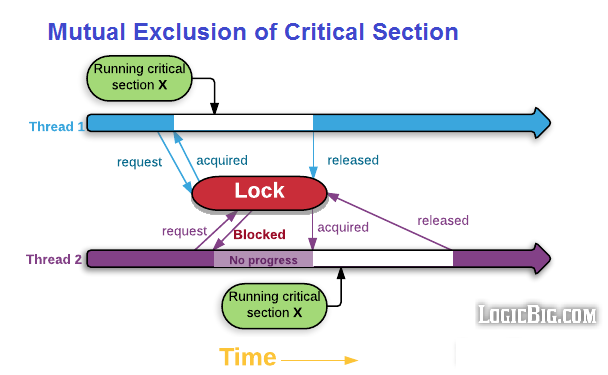
Java provides several built-in mechanisms for using intrinsic locks, including:

synchronized, the JVM automatically acquires the intrinsic lock associated with the object before executing the method. Synchronized blocks: The synchronized keyword can also be used to create a synchronized block of code within a method. Lock objects: Java provides a java.util.concurrent.locks.Lock interface, which allows developers to manually manage locks using various locking strategies.
Here's an example demonstrating the use of intrinsic locks in Java:
public class Example {
private Object lock = new Object();
public void doSomething() {
synchronized (lock) {
// Access shared resources or perform thread-safe operations here.
}
}
}
In this example, the doSomething method uses a synchronized block to acquire the intrinsic lock associated with the lock object. Any other threads trying to access the same lock while another thread is holding it will be blocked until the lock is released.
Conclusion
Intrinsic locks are a fundamental concept in Java's concurrency and multithreading landscape. By understanding how they work, you can create more efficient, scalable, and reliable concurrent applications that share resources safely and prevent data corruption. Remember to use them wisely when designing your multithreaded solutions!
